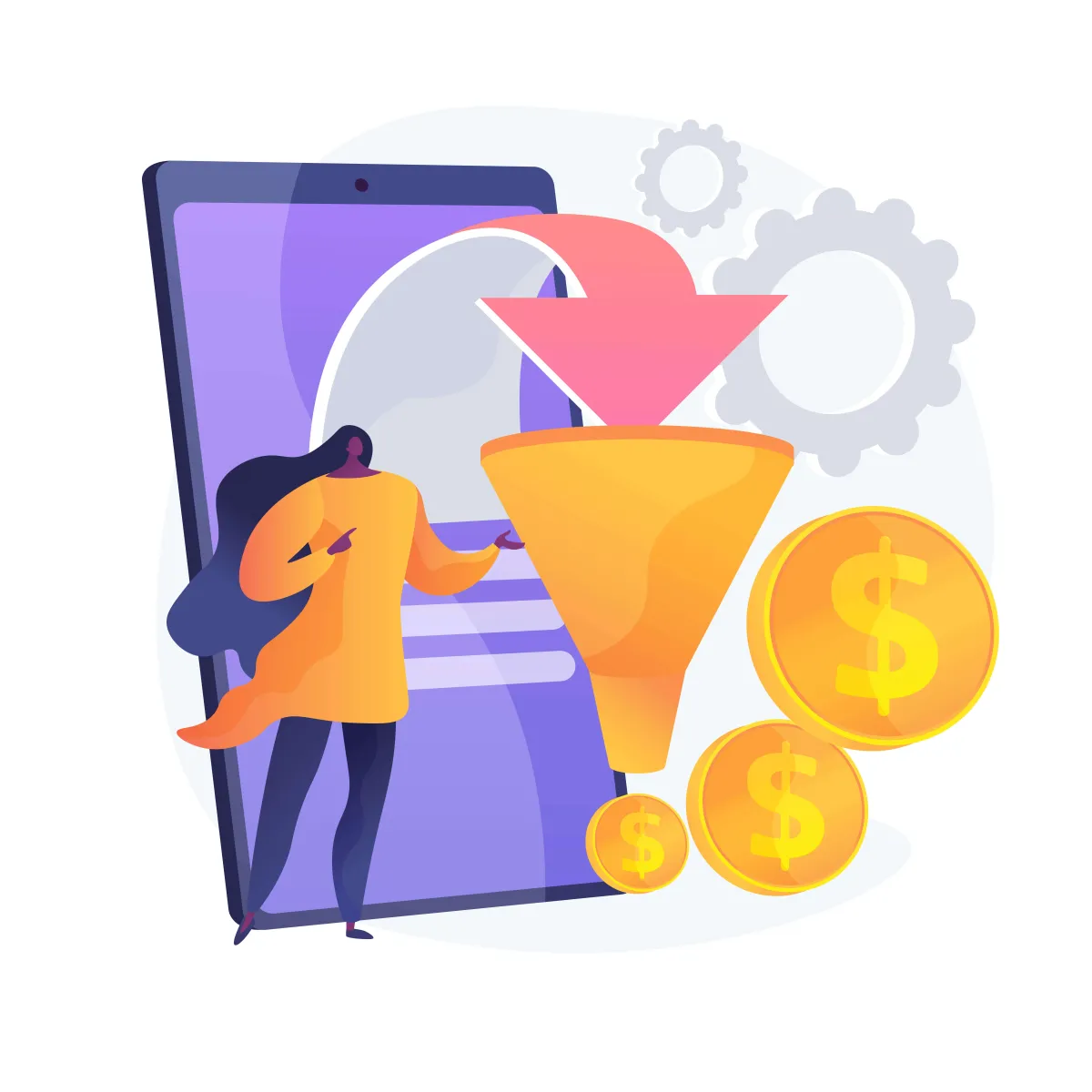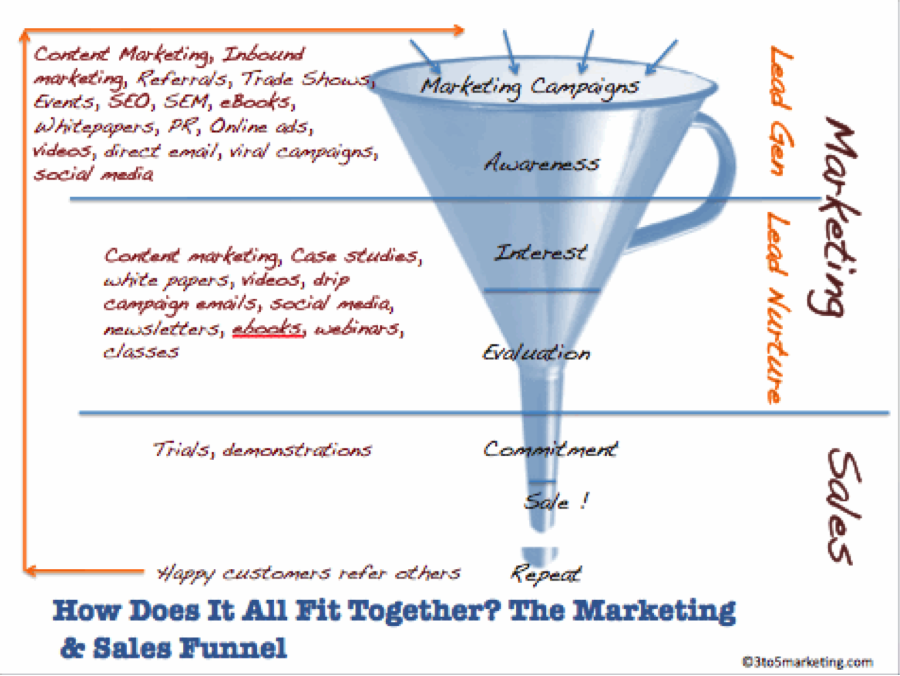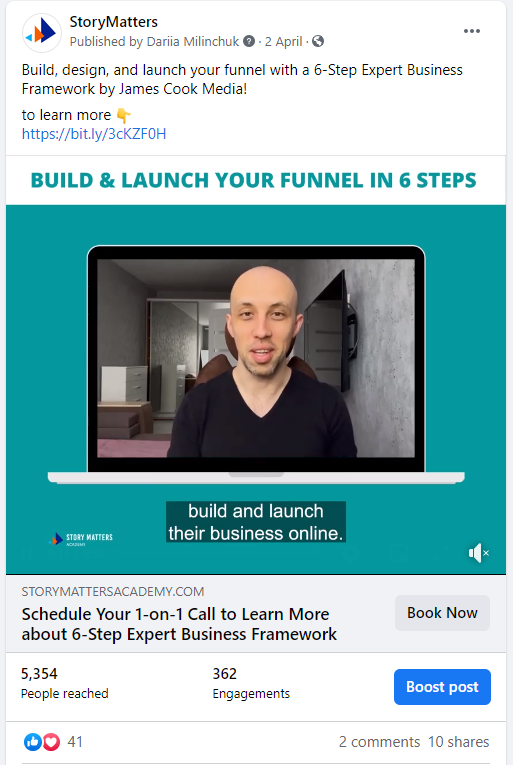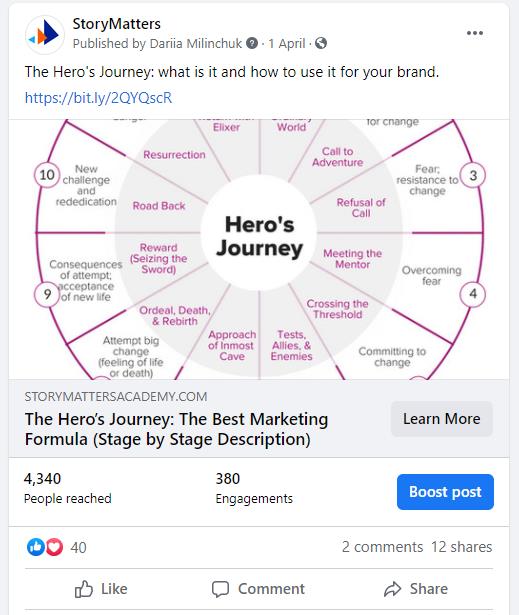StoryMatters Blog

Website Vs Funnel
Searching for marketing, sales, and tech solutions, you have likely come across the word “funnel” many times. However, you may still not understand what it means and how it differs from a website.
Should your funnel replace your website? Can the funnel work powerfully with your website as a part of your digital strategy? What are the funnel steps?
Let’s sort out all these questions one by one.

What is a funnel?
Funnel is the series of steps someone has to take in order to become your customer. It takes your prospect from being aware (or even unaware) of a problem or challenge he is facing all the way to converting or becoming a loyal customer.
Let’s take a look at a Facebook advert example. While scrolling Facebook feed, your prospect sees an advertisement such as a video, article, or a bright picture. It catches his attention, he stops scrolling to watch or read the information. Then he follows the CTA (call to action) which usually leads to the brand’s website, registration page (if it is a masterclass or seminar), purchase page, or social media.
These are the steps of a funnel that take your prospect from being completely unaware of your brand to a subscription or even conversion stage (depending on the goal of the funnel).
Website vs Funnel
The main difference between a website and a funnel is the traffic flow. On a website, traffic arrives upon and travels to any area (such as a page or post). On the funnel, traffic flows linearly from one point of entry leading to a specific goal, through a sequence of actions. This process increases engagement, which leads to increasing the conversion rate at the end of the day.
NOTE: Join Storytelling In Digital Age Masterclass to learn more
about how you can attract and engage your ideal customers
through the art of storytelling!
What are the steps in a funnel?
Let’s look at the funnel steps through the construct of Hero’s Journey.
In the awareness stage, the user may or may not be problem-aware. The goal here is to be resourceful and informative while helping prospects learn about their problem or concern.
For example, your avatar (potential ideal client) is planning to start an online business. He sees the video advertisement on how to build and launch a website. He may or may not think about building a website yet, but now he is aware of that problem and interested to solve it.
After watching a video ad on Facebook, our prospect follows the link to get more information about the product or service. This is the next step of the funnel.

Consideration stage. The user is researching and considering all possibilities to resolve their concerns. Our goal here is to help them understand why our offering is the best for their specific needs.
The final stage is the conversion stage when the prospect is ready to become a customer. A conversion doesn’t have to be the payment or purchase at all times. It can also be getting your user to sign up for a webinar, complete an application or schedule a call.
How do funnels and websites work together?
Websites and funnels are perfect companions in the modern digital landscape. While websites may offer a variety of information placed to serve different audience segments, funnels tend to be specific. In fact, many successful modern-day websites contain multiple funnels.

For example, you can use your blog or pages to drive traffic to different funnels, specific to your prospect's topic of interest. Both websites and funnels can elevate your business or brand, making you an unstoppable force in the marketplace.
In conclusion...
Simply put, funnels drive directional traffic to a specific goal. They are more effective in terms of marketing and sales, as they can be designed for each customer avatar (potential ideal customer). That's why it is important to know your customer before building a funnel.
Hero’s Journey is a powerful tool that helps you deliver your message out there and make sure that your ideal customer is listening. Understanding each stage helps you customize product offers, choosing the right channel for advertising and responding to your prospect’s needs immediately.
In Storytelling in The Digital Age Masterclass we talk more detail about the art of storytelling and answer the next questions:
How to tell your story online?
How not “feel dirty” after filming a sales video?
What tools work best in today’s digital marketing?
How one powerful story can change your entire business and maximize your profit?
How to get the right audience?
Sing up now and get access to James Cook Media case examples and to the Bonus Lesson about building your funnel!
Build a Marketing Strategy for your Story-Based Funnel
2 х 180-minute amazing video training, StoryTelling Welcome sequence, 1-on-1 Strategy Call, 8 Funnel Blueprints, Resource guide & much more…
$563 in Value, JUST $27 USD!

© 2023 StoryMatters Academy

We help Authors, Coaches, Experts, and Business Owners tell Powerful Stories that change lives.
Join the StoryTelling in the Digital Age MasterClass and Schedule your 1 x 1-on-1 FREE Marketing Discovery Call to help you create your story that attracts your audience to invest in your product or service.

